Have you ever been interested in connecting travel and citizen science? Well, there are many interesting citizen science trips out there. However, if you are not participating in such a specific tour, you can still contribute to a citizen science project. On my journey to the Azores, I contributed to three projects. In this short blog entry, I write more about that.
Travel and Citizen Science
There are many interesting citizen science specific organizations, platforms or travel companies out there. Going on a snow leopard expedition. Or studying the impact of rhinos on their environment. Or mapping biodiversity of birds in the Caribbean. There are numerous possibilities for people interested in science helping researchers to collect data. And thus, contribute to our knowledge of our environment.
I was not on such a citizen science specific vacation. But I wanted to contribute to some science projects with my photographs.
At the end, I supported three projects during my whale watching holidays in the Azores. In the next paragraphs, I explain three citizen science projects in which I participated during my 14-day-long holiday on Pico Island in the Azores.
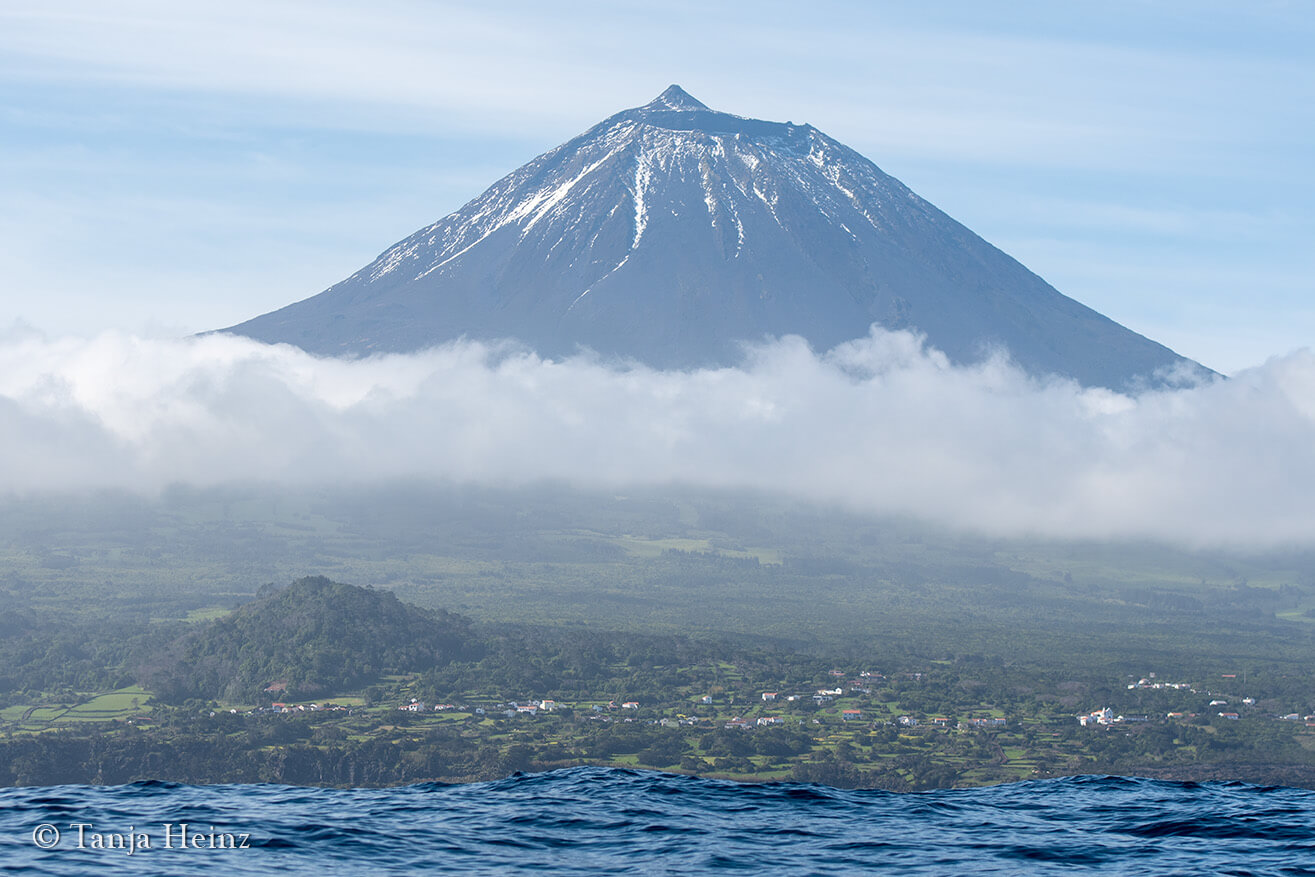
iNaturalist
The first project I want to write about is iNaturalist. I very like iNaturalist, as it is a platform where people can help each other identifying species. Be it a plant, an animal or a funghi. Many very knowledgeable people help with their expertise identifying the species others had found.
I experienced the advantages already during my journey through the south of Brazil. On iNaturalist, I found help identifying bird species. In one occasion, an insect specialist let me know that I had seen the largest known fly on earth. Wow! I wouldn't have known this without the experts on iNaturalist!
According to iNaturalist, every species contribution can help advance biodiversity science. The data on the iNaturalist platform is shared with data repositories in order to help scientists find the data which they need for their research.
As I have used the platform in the past several times - and I try to regularly upload my findings - I used iNaturalist of course again when I was in the Azores. My aim was to record every - at least animal - species observation I could.
If you want to know more about my observations on the iNaturalist platform, please visit my profile.
Information: There is another good citizen science platform which you can use for sharing nature observations or getting help identifying species. The name of this German platform is Naturgucker.
Happywhale
Happywhale is a platform exclusively directed to whale watchers. As many whale watchers typically take photographs of the whales during a whale watching trip, thus, why not use these photographs for the tracking of whales?
In the Azores I was quite enthusiastic about all the whales I observed. And I was interested in knowing more about them. I asked myself: Would I be able to see whales that had traveled long distances? Where did they come from? Or where might their migration route lead to next?
I could contribute several sperm and blue whale photographs to the platform. However, the platform could not find so far any long distance migration in the whales I saw.
But there was one sperm whale which I observed on the 16th of April 2022 northwest of Pico. This sperm whale had been seen and photographed already on the 24th of May in 2013! Quite interesting!
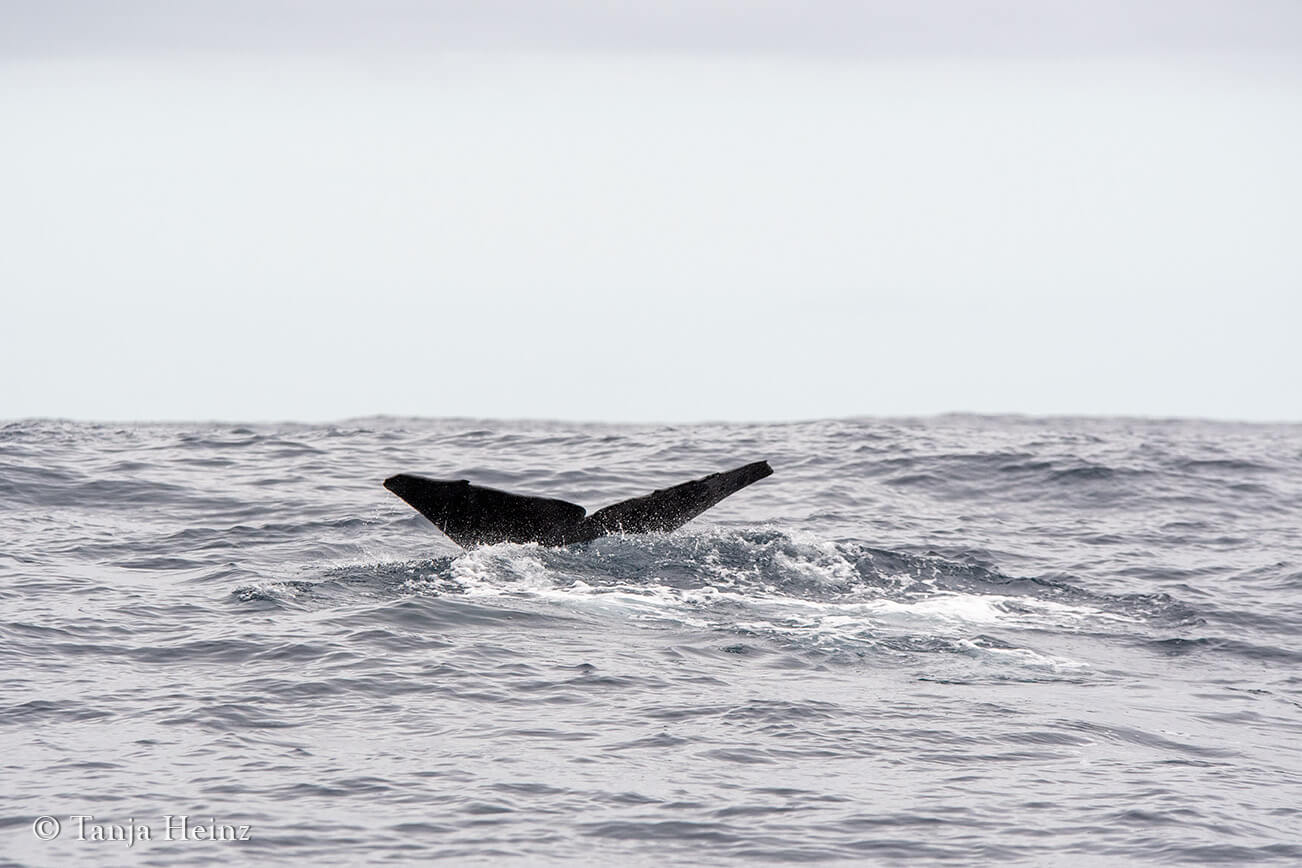
Consequently, I felt very happy to find at least one connection of a whale observation to another one. Or to be more precisely, I didn’t have to find the connection. I just had to upload the photograph and the platform was doing the work for me.
If more people upload their photographs from whale watching trips, maybe the platform is able to track more of the whales I had already seen in other places?
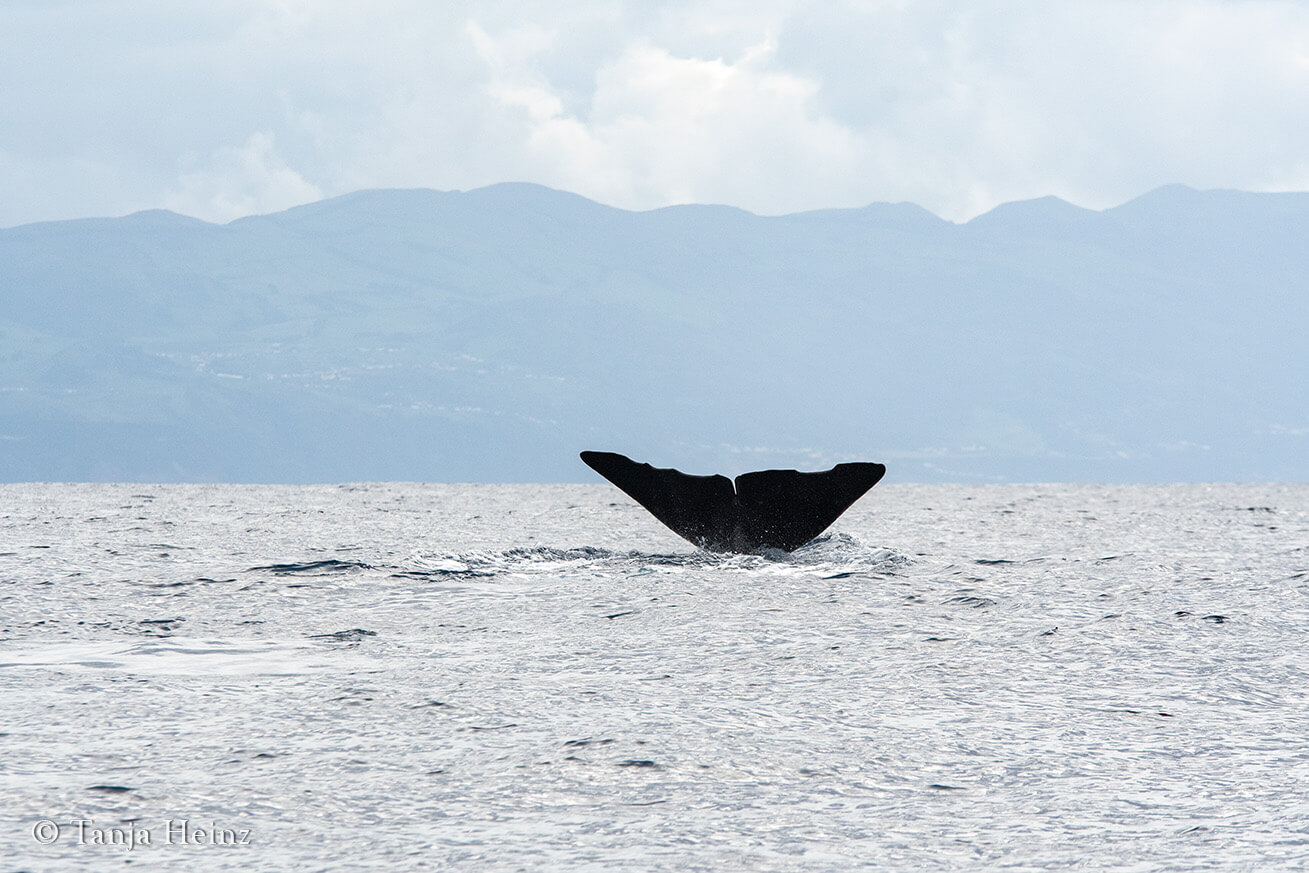
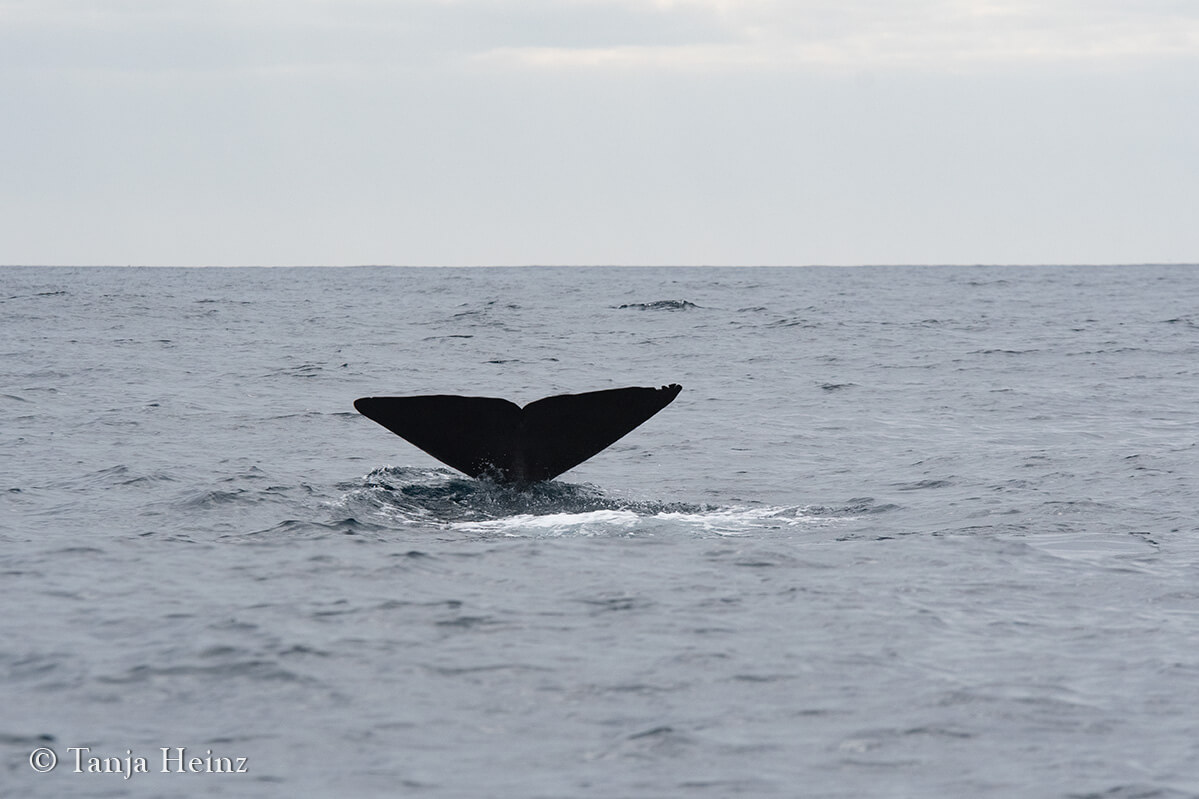
Information: If you are interested in connecting with me on Happywhale, please click on the following link. If you have photographs of past whale encounters, you can also upload them. Please check which information is asked for. For example, tails of humpback whales are needed to identify an individual in order to track it.
Coastwards
Another project I thought to participate in was Coastwards. I had already participated in the project during my Helgoland trip.
It is quite easy to participate. Just take a picture of the coast and upload it on the Coastwards website. Participation is anonymous.
The aim of the project is to better understand sea-level rise.
However, before my journey to the Azores, I was checking the website of Coastwards to get to know if this project is still active. Although I couldn't find it out, I took photographs of coasts in the Azores anyway. Maybe the photographs are still of any help. And it is possible to look at the coasts of many places in the world.
By all means, of course, I could not see the whole shoreline of Pico Island. I stayed in the west (Madalena) and took a car to explore some parts of the south, east and north.
Close to Madalena I hiked the path “Vinhas da Criação Velha” (on the left). On another day, I rented a car and stopped in the south close to São João where I found a very nice hiking trail along the coast (on the right).
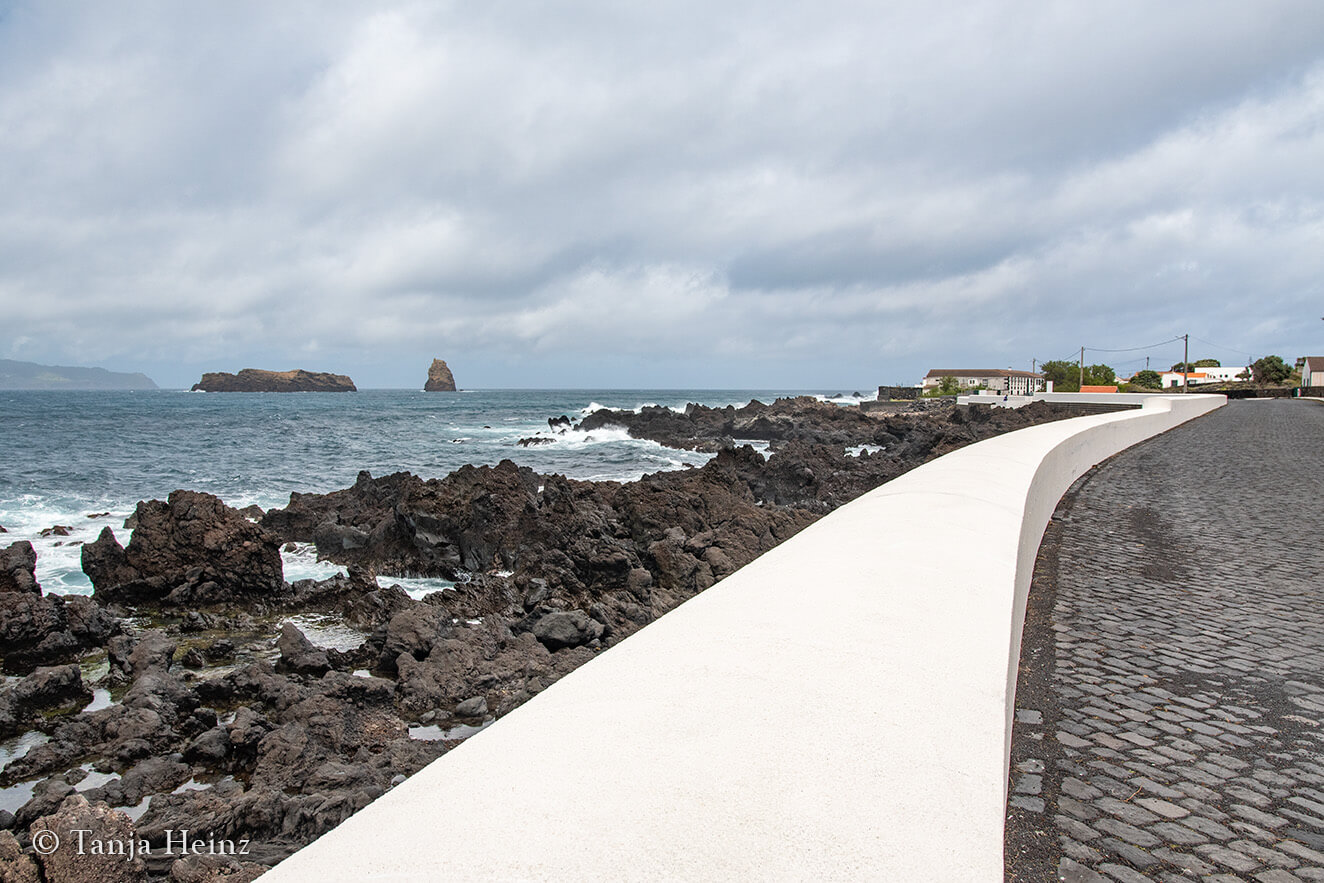
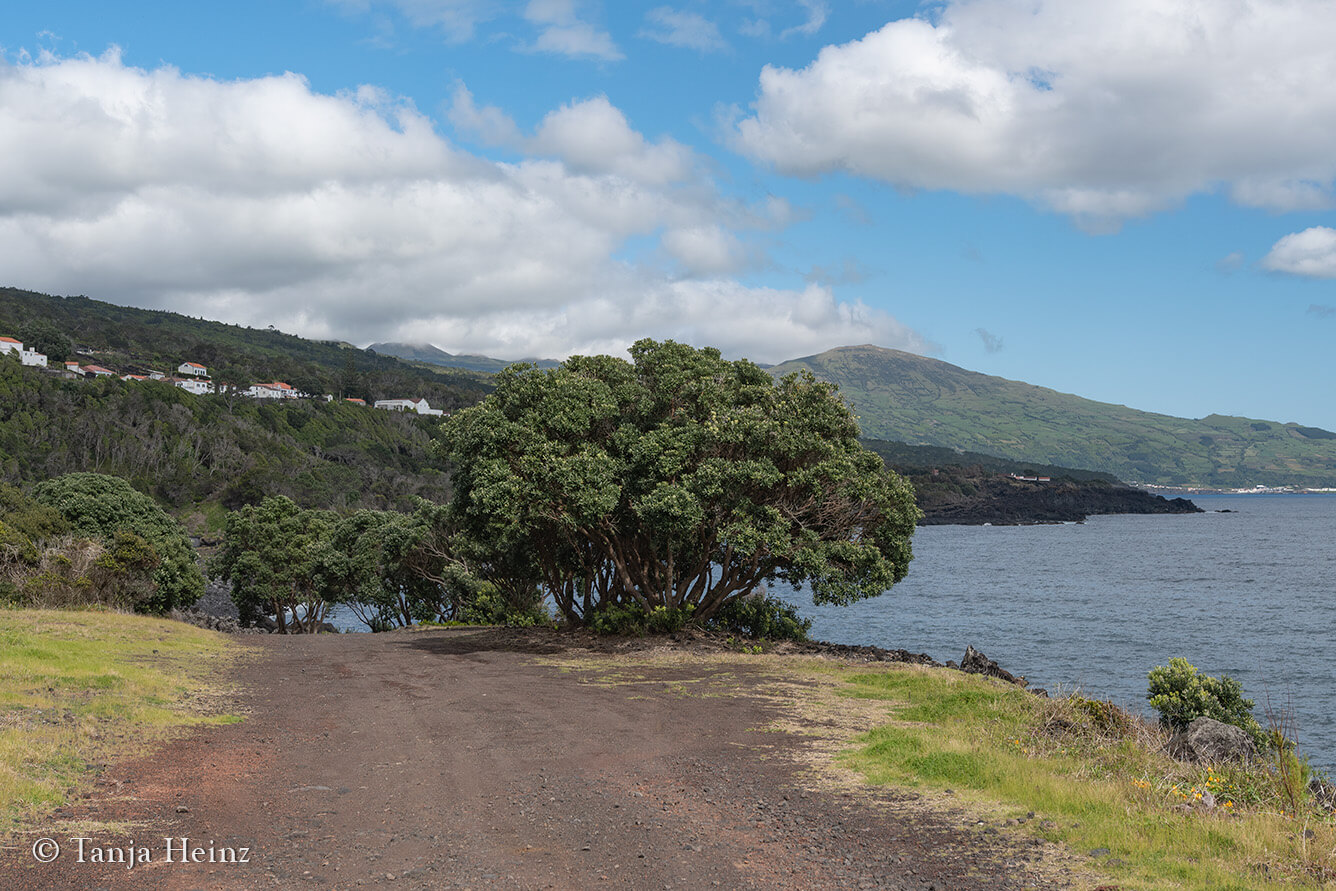
In the east, I stopped close to Piedade (on the left) and in the north, I looked over São Roque.
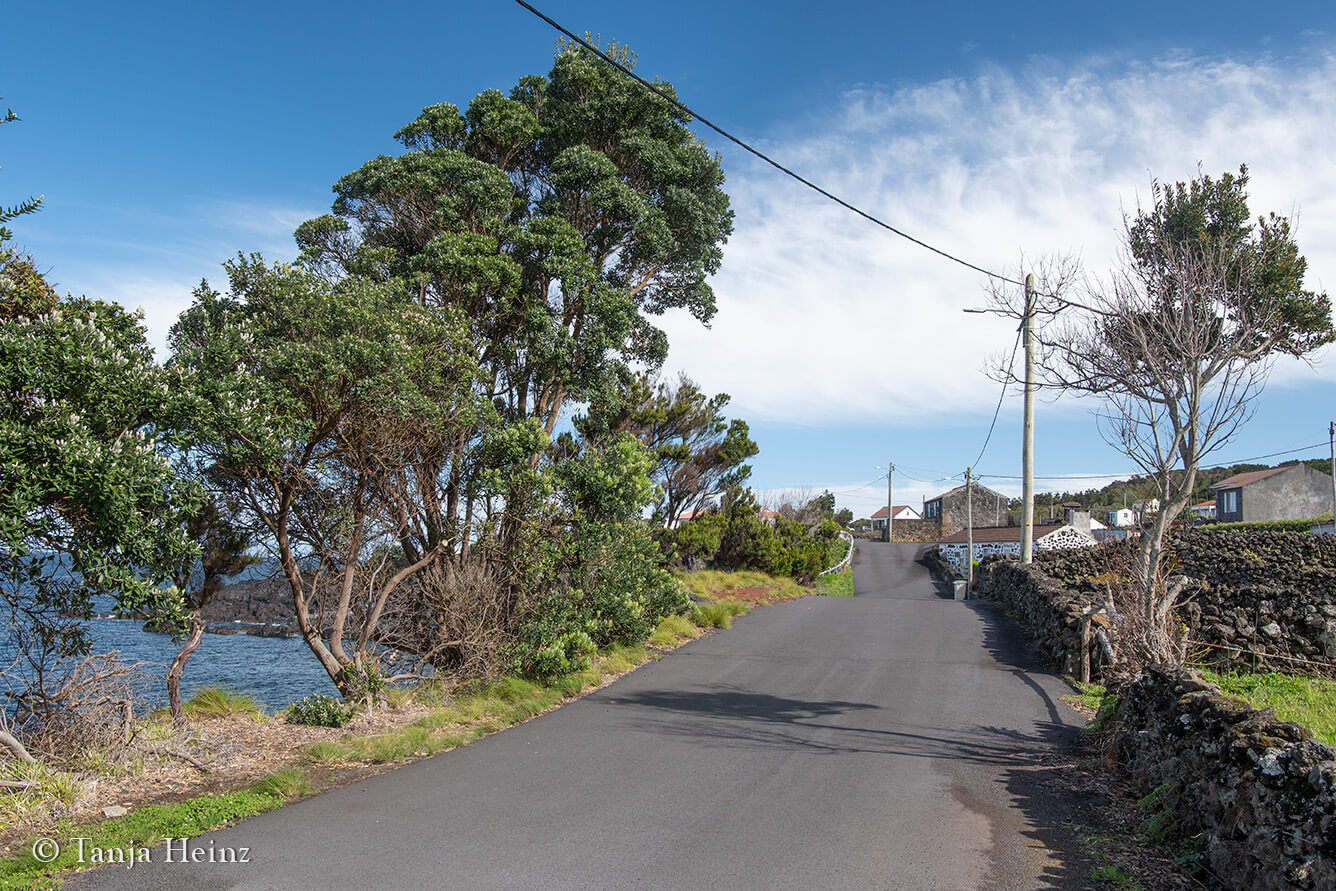
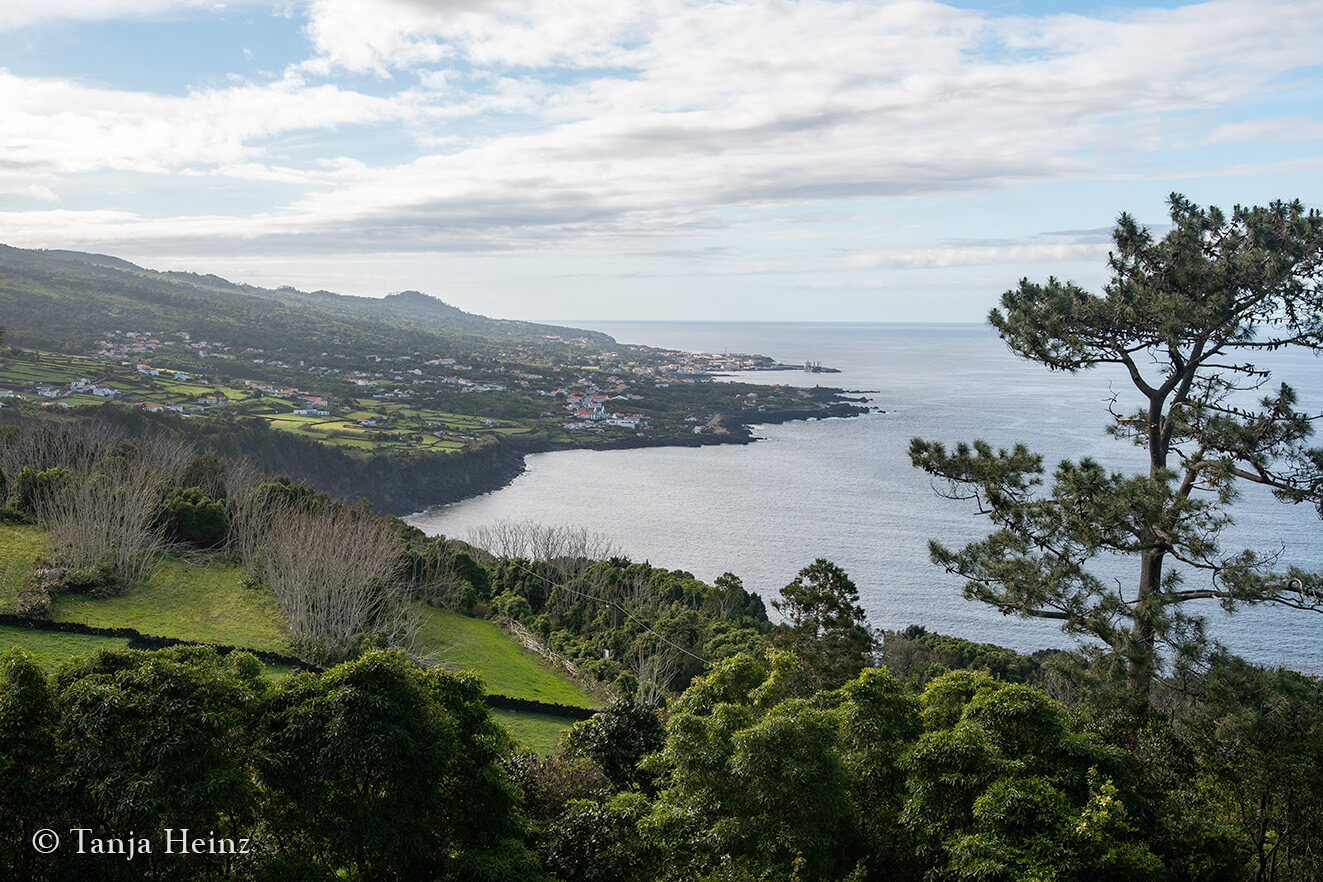
Information: Although I’m not sure if the research project about the study of sea-level rise is still ongoing, I think the Coastwards website is still very helpful to check the coasts of other parts of the world.
There is a much greater number of projects out there. As I think it is important to focus on one (or few, respectively), I just wrote about these three citizen science projects.
Usually, we are not able to travel all the time. Therefore, if you are interested in citizen science, why not participate in from home like on the platforms Zooniverse or SciStarter?
Links of Citizen Science projects
Contribute photographs to iNaturalist and identify species
Contribute photographs to Happywhale
Take photographs of coasts and contribute them to Coastwards
A great selection of different citizen science projects on Zooniverse
More citizen science projects on SciStarter
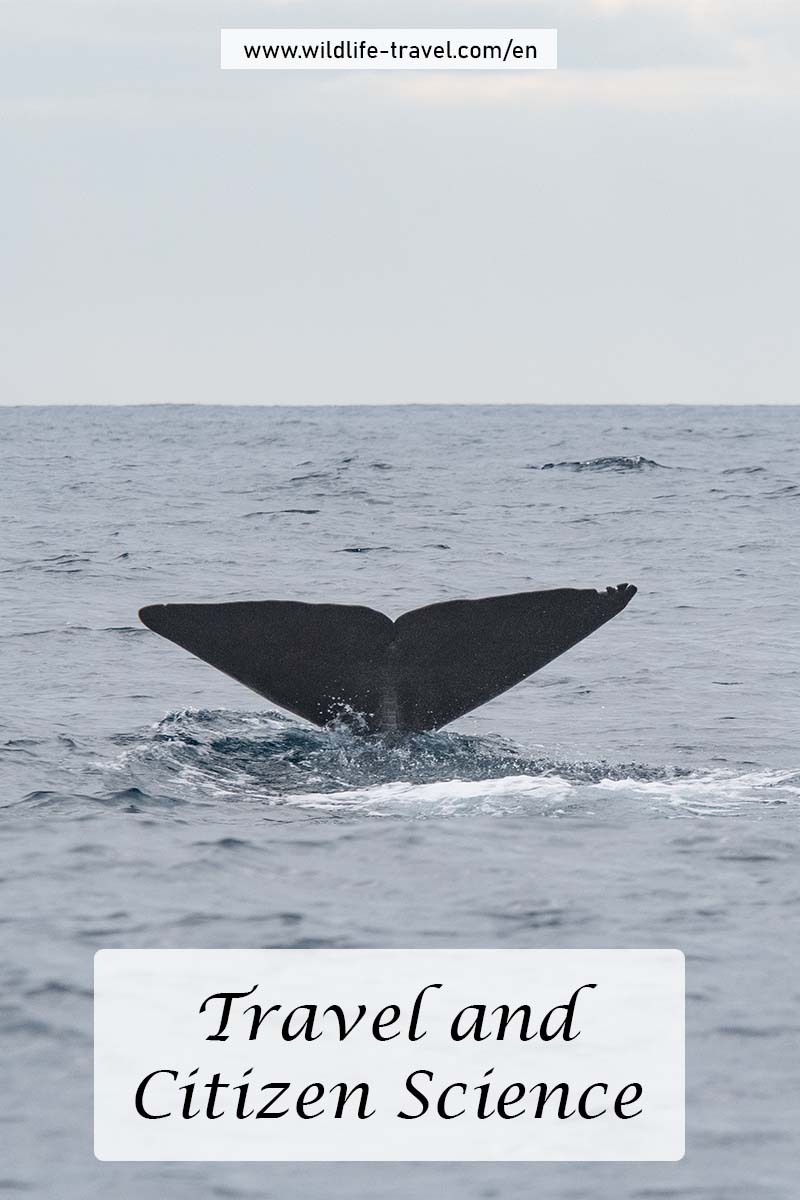
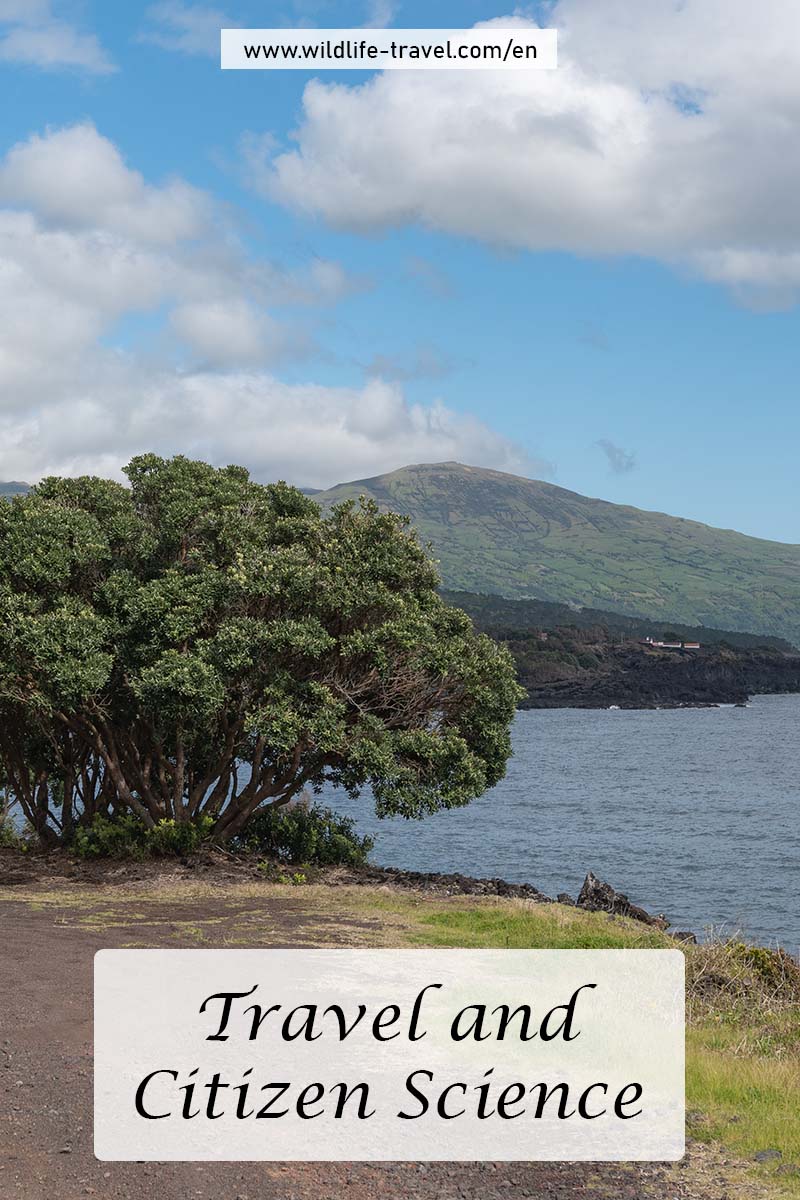
What about you? Do you already connect travel and citizen science? Do you know any other project? Please let me know in the comments!

